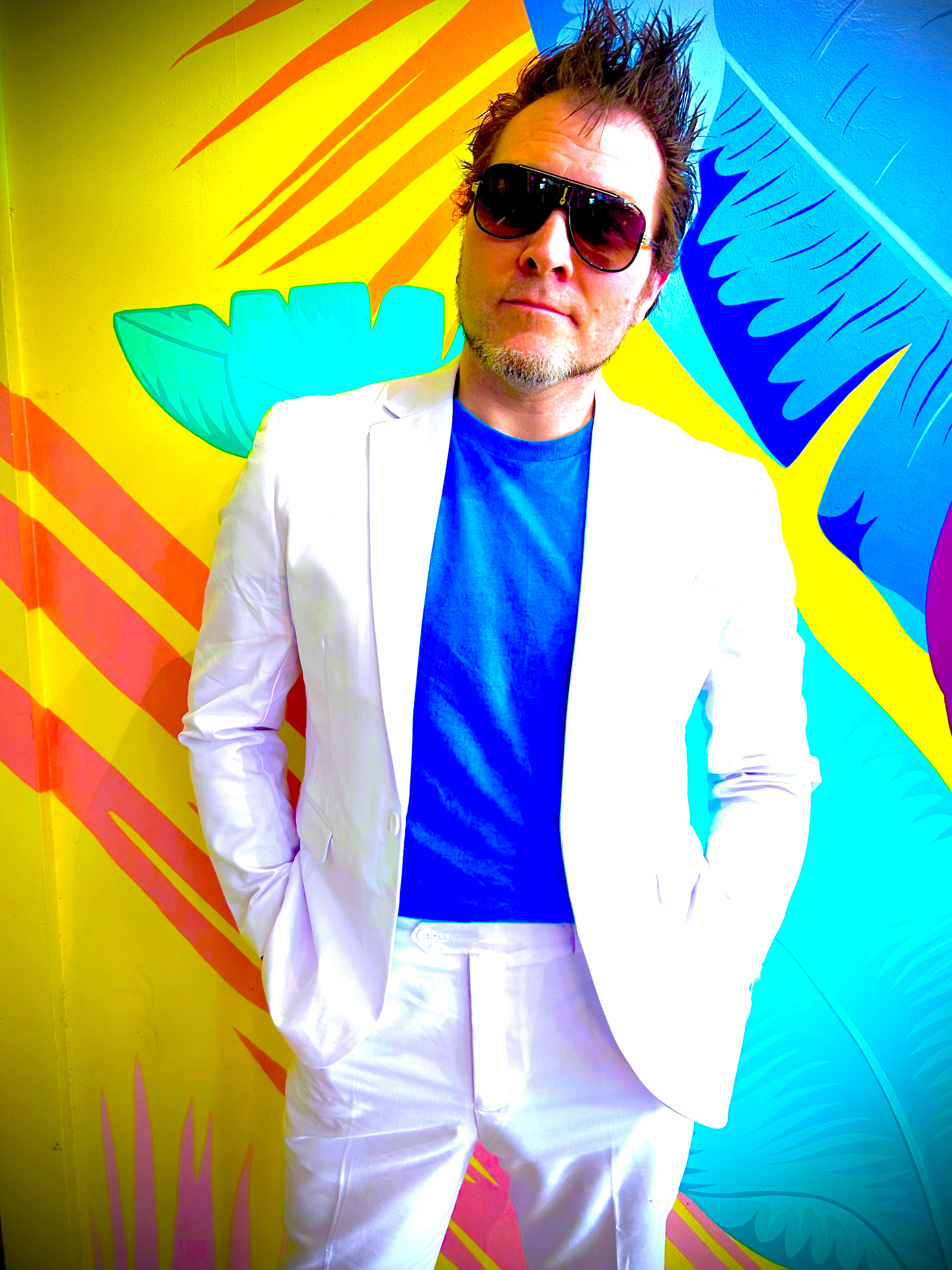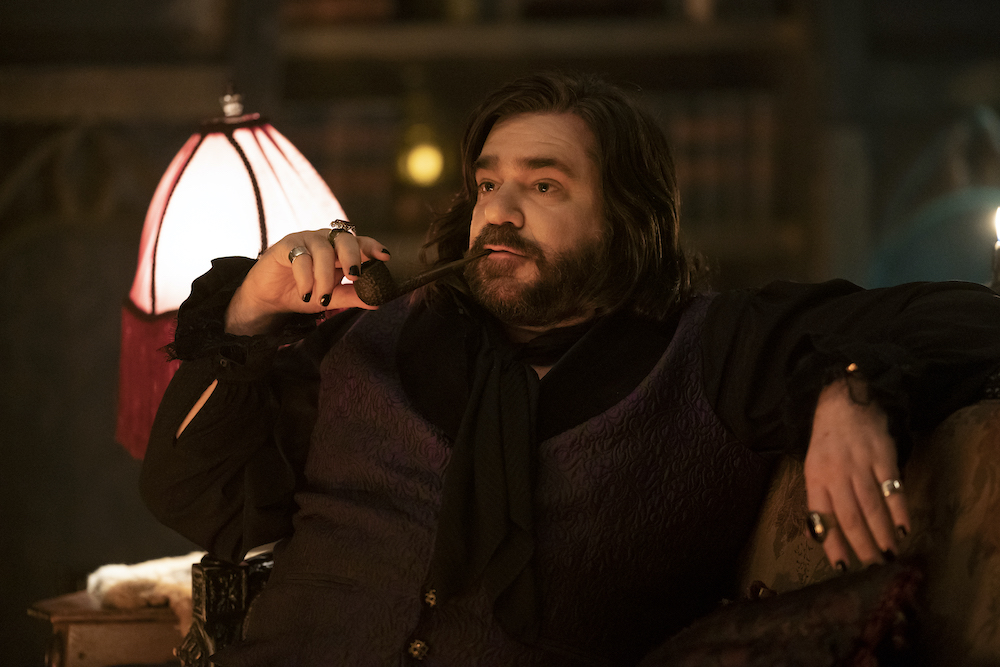
Canadian producer and musician Arcade — the creative mind behind the electronic project Arcade Knights — returns with a new synthwave single, “Redline Rival.” Blending cinematic electronic textures with a cyberpunk edge, the track is a pulse-pounding ride through neon-lit streets and high-stakes tension. Built like a midnight car chase at full throttle, the track fuses thunderous basslines, syncopated rhythms, and razor-sharp synths into a high-octane blend of retro-futuristic grit and cinematic flair.
“Redline Rival” isn’t just a song — it’s a statement in speed, style, and sonic storytelling. It isn’t just about cars — it’s about the unrelenting push to outpace betrayal, outrun the law, and stay alive long enough to see the city lights fade in the rearview mirror.
“This single was the first track I wrote, and I knew it had to be fast-paced and punchy — like you never quite know what's coming next. There’s a moment where the drums drop out and you just get this crash — it’s in 4/4 time, then shifts into a kind of 5-count rhythm. It felt like scoring an action sequence — like that point in a movie where everything hangs in the balance, and you're just waiting to see what happens next,” shared Arcade.
“Redline Rival” is just the beginning. The track serves as a pulse-check for Neon Vice, the forthcoming album from Arcade Knights, dropping September 19 — a date intentionally chosen to mark the 41st anniversary of the TV series, Miami Vice. To celebrate the release, Arcade is also unveiling a short, two-minute visual — an 80s-inspired montage video that brings the world of “Redline Rival” to life. Drawing inspiration from iconic '80s television and soaked in a nostalgic synthwave atmosphere, Neon Vice captures the raw adrenaline of speed and danger — the sound of engines screaming down highways where pride, power, and survival are all on the line.
It’s a pulse-pounding duel between cops and cartel racers, a midnight chase where every gear shift feels like a gamble with fate. At its core, Neon Vice explores the tension between temptation and risk: the glowing pull of nostalgia wrapped around something darker. The neon light may look inviting, but there’s danger lurking in the shadows — and beneath every shimmering surface lies a decision you can’t take back.
“The whole album was inspired by watching Miami Vice — the fast cars, the danger, the neon lights — but also that romantic tension underneath it all,” says Arcade. “This record is me going back to everything that shaped me, that raised me: Terminator, The Lost Boys, RoboCop, Rambo, Lethal Weapon. Each track is its own story — following an undercover cop trying to do good in a city that doesn’t care. It’s a hard life. He’s up all night, fighting the good fight, and when the sun rises, he disappears; he rests. At night, he gears up and gets right back to it.”
Arcade’s commitment to detail and storytelling runs deep throughout Neon Vice. Every element — from the synth textures to the rhythm shifts — was carefully crafted by hand, with Arcade writing and tuning each instrument himself. The album came together quickly in its raw form, with the base tracks written in just three weeks, followed by months of fine-tuning, long nights, and a steady rotation of '80s films playing in the background for inspiration.
“When I write, I start with a concept in my head — like a full narrative arc,” explains Arcade. “Then I build out eight to eleven tracks that tell that story start to finish. I choose the right key, the mode, the tempo — everything down to the sound design — to make sure it all fits together like scenes in a film.”
The journey begins with the title track, “Neon Vice,” which opens on a cinematic monologue that sets the tone: a crumbling city, a fading sense of order, and a cop still fighting to pull things back from the brink. “This is our war,” the voice declares. “And in this city... wars are won by going deep undercover…into the neon.” It’s a world of blurred lines, constant pressure, and the kind of quiet heroism that never sees the sunlight.
“I wanted to capture something permanent — a record of the sounds and memories I grew up with, like what Jan Hammer did on Miami Vice or John Carpenter in Halloween,” said Arcade.
To fully realize the world of Neon Vice, Arcade abandoned modern production tools in favor of the vintage hardware that gave the '80s its signature grit and warmth. Sourcing the same instruments used to score the soundtracks that inspired him, he built the album using authentic tones from gear like the Roland Juno, Yamaha DX7, Prophet, Oberheim, LinnDrum, and the TR-707 and TR-808 drum machines, along with '80s electric guitars, E pianos, and keytars. Each element was selected not as an imitation, but for full immersion into the era’s sonic palette.
“I almost felt like I was done writing because I couldn’t develop that nostalgic sound that I love. Until I thought, ‘Why not switch to the hardware from the 80s?’ Now, with the knobs, buttons, dials - I have that tactile feel, that romantic grit,” enthused Arcade.
Neon Vice marks the fifth full-length release from Arcade Knights in just two years, with each album expanding the project’s retro-futuristic universe. The debut, Justice, introduced a sound steeped in ’80s action cinema, paired with a companion graphic novel. High Score followed, drawing inspiration from Tron, while Dark Fate explored moodier territory via Stranger Things, with a graphic novel dropping November 6 — officially “Stranger Things Day.” Cyber Hack, the fourth release, dives into the dystopian worlds of Blade Runner and Cyberpunk 2077.
Looking ahead, Arcade is set to headline the Halloween Show at Avalon Expo in Newfoundland on October 31 and November 1, performing the full Dark Fate album live. Fans of ’80s film and TV, high-energy music, all things synthwave, and cyberpunk won’t want to miss it. To stay up-to-date on upcoming releases, including lore-driven content like graphic novels and other narrative expansions, follow Arcade Knights on social media and be sure to check out “Redline Rival” and the full Neon Vice album — available now on all major streaming platforms.
“‘Arcade’ represents me growing up in the ’80s, while ‘Knights’ symbolizes being the hero of my own story — taking control and owning my narrative. With this album, I wanted to capture the energy of that era, and with ‘Redline Rival,’ I hope listeners feel that rush, the chase, the pursuit, and ultimately, that justice wins in the end,” shared Arcade.

Matt Berry hardly needs an introduction. He’s been a familiar face on British television since the early 2000s, captivating audiences with his bold personality and deep, commanding voice in cult comedies like Toast of London, What We Do In The Shadows and The IT Crowd. What many might not realize, though, is that Berry has also released ten studio albums throughout his career.
Music has been a constant in his life, and his upcoming album Heard Noises, out on 24 January 2025, is another milestone in his journey as a multi-talented artist. His work in music has brought some unexpected achievements, including contributing guitar and vocals to the Strictly Come Dancing theme song. Yet his path to becoming a musician was almost cut short before it truly began.
Berry’s passion for music started when he was young, but things took a turn at school. His teachers refused to let him study music as a GCSE subject because he couldn’t read sheet music. Instead of letting that stop him, he decided to prove them wrong and eventually succeeded. Looking back, he considers that rejection to have been a hidden gift, sparing him from turning something he loved into a chore.
![]() Berry at the Indiana Jones And The Dial Of Destiny premiere in London, 2023. Image: Fred Duval/Shutterstock
Berry at the Indiana Jones And The Dial Of Destiny premiere in London, 2023. Image: Fred Duval/Shutterstock
“I wasn’t even given the chance to spend any time at school doing music, even though it was obvious to all these teachers that it was the only thing that I was interested in and yet it was the only thing they wouldn’t allow me to do,” he recalls.
“I think it’s very different now. You can spend time at school doing music and not have to learn theory, which is fantastic and how it should have always been. If you’re a teacher that’s worth anything, and you spot that a kid is interested in one thing, then that’s what you should allow them to do while they’re under your care.”
Over the years, Berry has explored a wide mix of genres, from folk to Northern soul to psychedelic rock. One of his most playful projects was his 2020 release Television Themes, a collection of his takes on iconic tracks such as the Doctor Who and Rainbow theme songs.
With Heard Noises, Berry is taking a different approach. In the past, he followed a specific vision for each album, creating strict creative boundaries. He compared it to an artist limiting themselves to just four colors on a canvas. This time, though, he’s letting himself use the entire spectrum. “That kind of discipline pushes you to do things that you wouldn’t have done before. That can be interesting if you give yourself restrictions,” he says. “But with Heard Noises, I didn’t do that. I did whatever I wanted regardless of style or genre.”
The result is his most personal work yet. The album cover itself reflects his life, showing a table set with meaningful objects, each one representing a different part of his story. Among those items are Lazlo Cravensworth’s teeth from What We Do In The Shadows — the hit comedy series based on Taika Waititi’s vampire film, which wrapped after six successful seasons.
Berry usually keeps his acting and music careers separate, but this show was such a big part of his life that it inevitably bled into everything else. “It needs to be noted, not in loads of detail but that was that, here’s the evidence and let’s get on to the next thing,” he says. “I’m not a nostalgic man. I don’t ever look back at old stuff, once I’ve done something I tend to lose interest and can only think about the next thing.”
That “next thing” has included lending his voice to the acclaimed animated film The Wild Robot, alongside Lupita Nyong’o, Pedro Pascal and Bill Nighy. The film tells the story of Roz, a robot who finds herself stranded on a deserted island and learns to adapt to its rugged environment, eventually becoming the adoptive parent of a gosling. Berry was drawn to the story as soon as he read the script, but it was when director Chris Sanders showed him a ten-minute preview that he knew it was something extraordinary.
“[Chris] turned all the lights off and we played it in the recording studio and, honestly, [I realised] that this is what I need to be doing. This is something that I need to now fully concentrate on because I knew it was going to be exceptional.” On the day this interview was published, The Wild Robot received an Oscar nomination — a well-earned recognition.
Heard Noises will be released on 24 January through Acid Jazz.